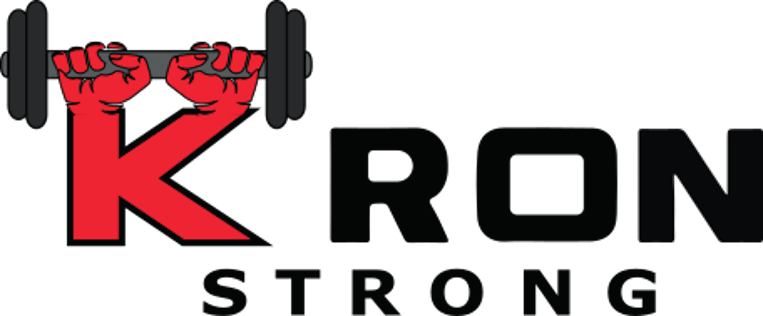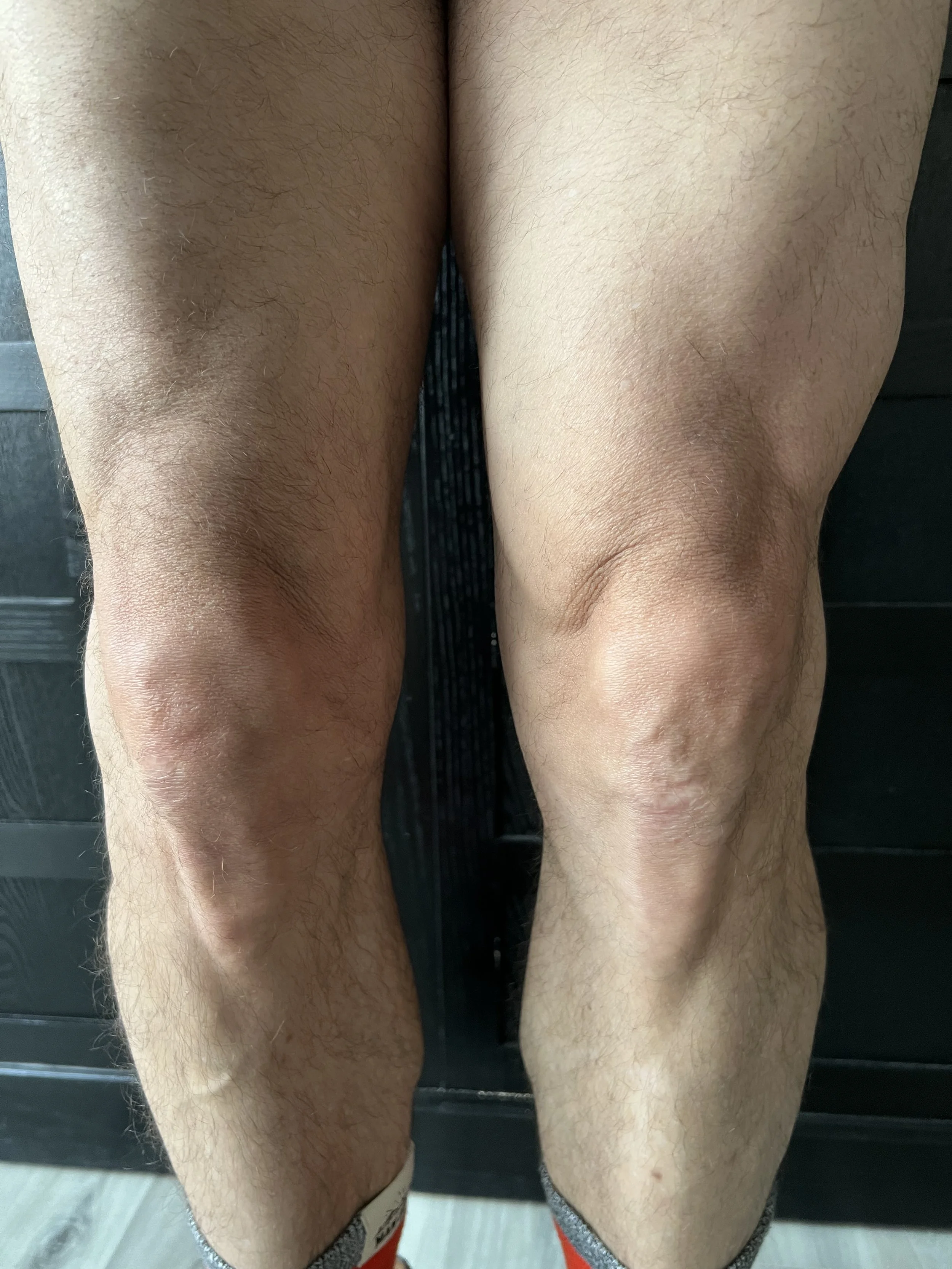Overcoming Muscle Atrophy
Muscle atrophy, the loss of muscle mass and strength, can be a significant challenge for individuals, whether it's due to surgery, aging, or other factors. In this article, we will explore the causes and consequences of muscle atrophy, along with effective strategies to combat it. From resistance training and nutritional considerations to emerging therapies and the psychological aspect, we will provide a comprehensive overview of how to overcome muscle atrophy and enhance muscular health.
Understanding Muscle Atrophy:
Muscle atrophy occurs when there is an imbalance between muscle protein synthesis (MPS) and muscle protein breakdown (MPB). Several factors contribute to this imbalance, including disuse, denervation, inflammation, and hormonal changes. It's crucial to grasp these mechanisms to develop effective interventions.
Strategies for Overcoming Muscle Atrophy:
Resistance Training:
Resistance training, such as weightlifting or resistance band exercises, is a fundamental strategy for countering muscle atrophy. These exercises stimulate muscle contractions, promoting MPS and reducing MPB. Progressive resistance training programs tailored to individual needs are highly effective in reversing muscle loss.
Dietary Considerations:
Proper nutrition is essential for muscle recovery. Adequate calorie intake, essential amino acids (especially leucine), omega-3 fatty acids, and antioxidants support muscle maintenance and growth. Consultation with a registered dietitian can help individuals develop personalized nutrition plans.
Supplements and Their Efficacy:
Supplements like whey protein, branched-chain amino acids (BCAAs), and creatine are commonly used to support muscle recovery. Recent research suggests that leucine-enriched protein supplements may be more effective in promoting MPS. Creatine, a natural compound, enhances muscle recovery and strength when combined with resistance training.
Hormonal Influences:
Hormonal changes, such as decreased testosterone and growth hormone levels, are often associated with muscle atrophy, particularly in aging individuals. Hormone replacement therapy may be considered under medical supervision to counteract these effects.
Neurological Rehabilitation:
For muscle atrophy caused by denervation in neurological conditions, rehabilitation techniques like neuromuscular electrical stimulation (NMES) and functional electrical stimulation (FES) can help maintain muscle mass and function by artificially activating muscles.
The Psychological Aspect:
The mental and emotional aspects of overcoming muscle atrophy are equally important. Depression, anxiety, and frustration can impede progress. Joining supportive communities, setting achievable goals, and tracking progress can boost motivation and mental well-being during recovery.
Emerging Therapies:
Innovative approaches to combat muscle atrophy, such as gene therapies, myostatin inhibition, and advanced biologics, are under investigation. These therapies offer hope for individuals facing severe muscle loss, including those with muscular dystrophy or advanced age-related sarcopenia.
Conclusion:
Muscle atrophy is a multifaceted challenge, but with the right strategies, individuals can regain and enhance their muscular mass. By incorporating resistance training, proper nutrition, and considering emerging therapies, individuals can take proactive steps to optimize muscle health. Additionally, addressing the psychological aspects of recovery is vital for a well-rounded approach. As scientific advancements continue, the prospects for overcoming muscle atrophy are increasingly promising, offering hope for a healthier, more active future.

